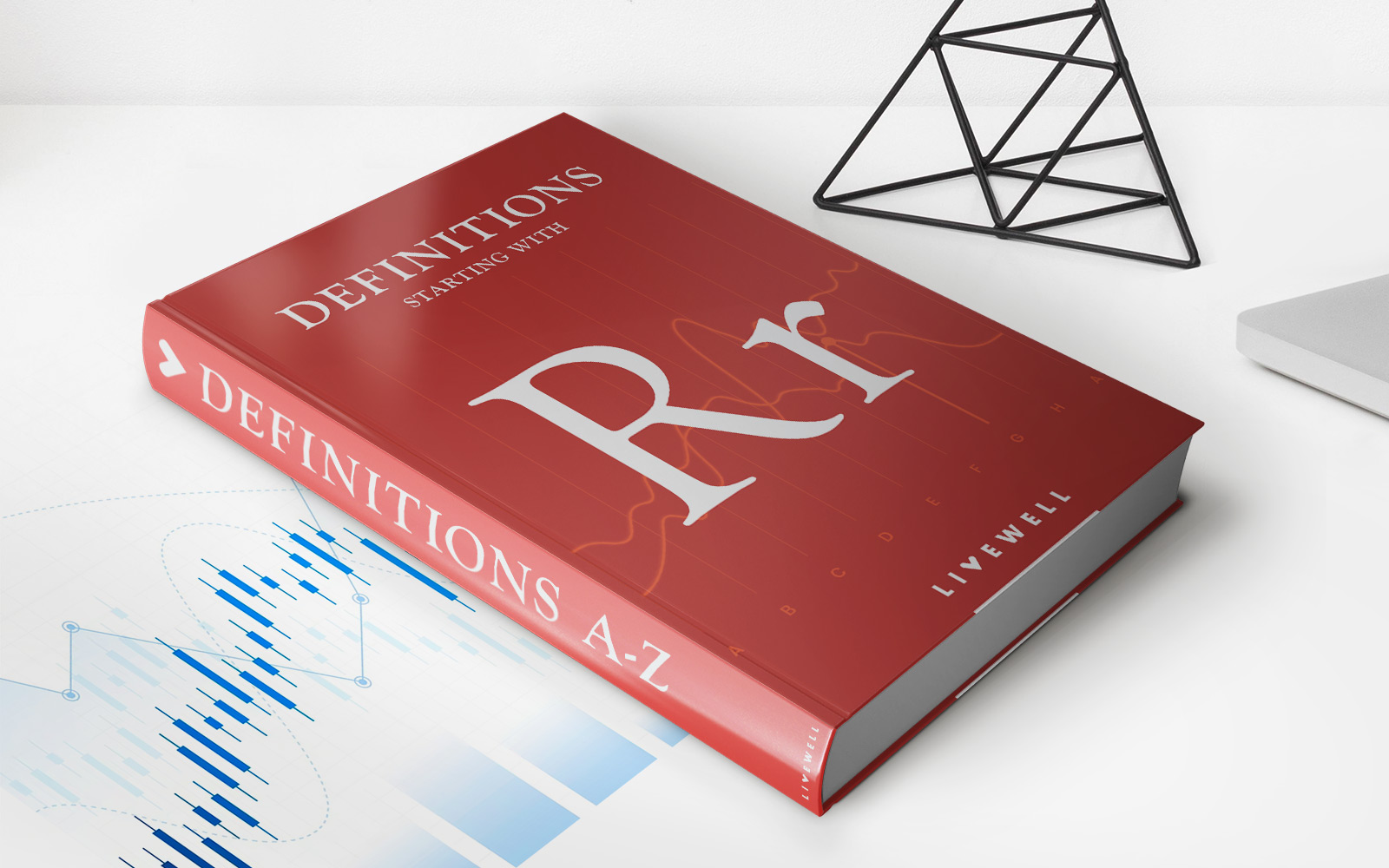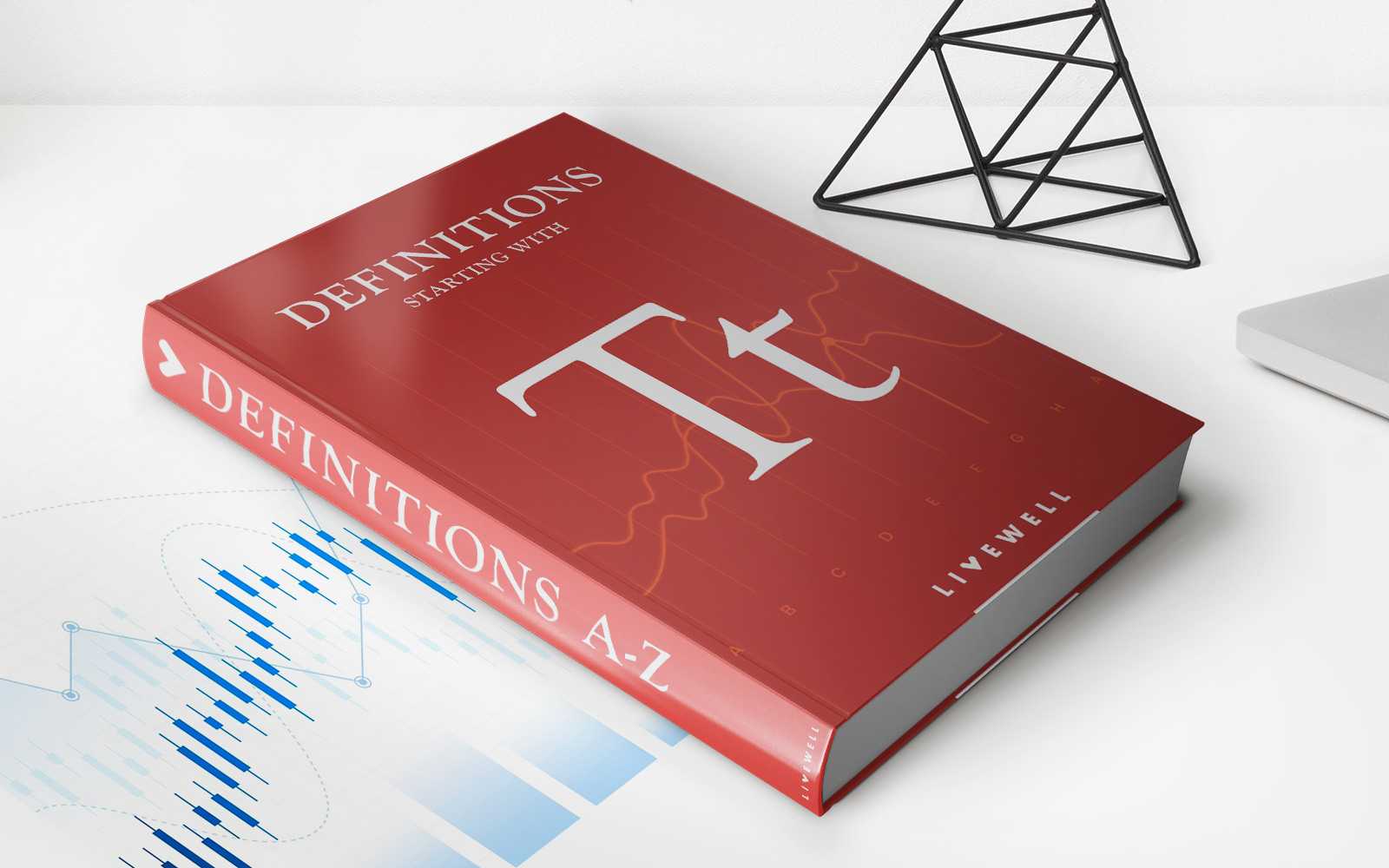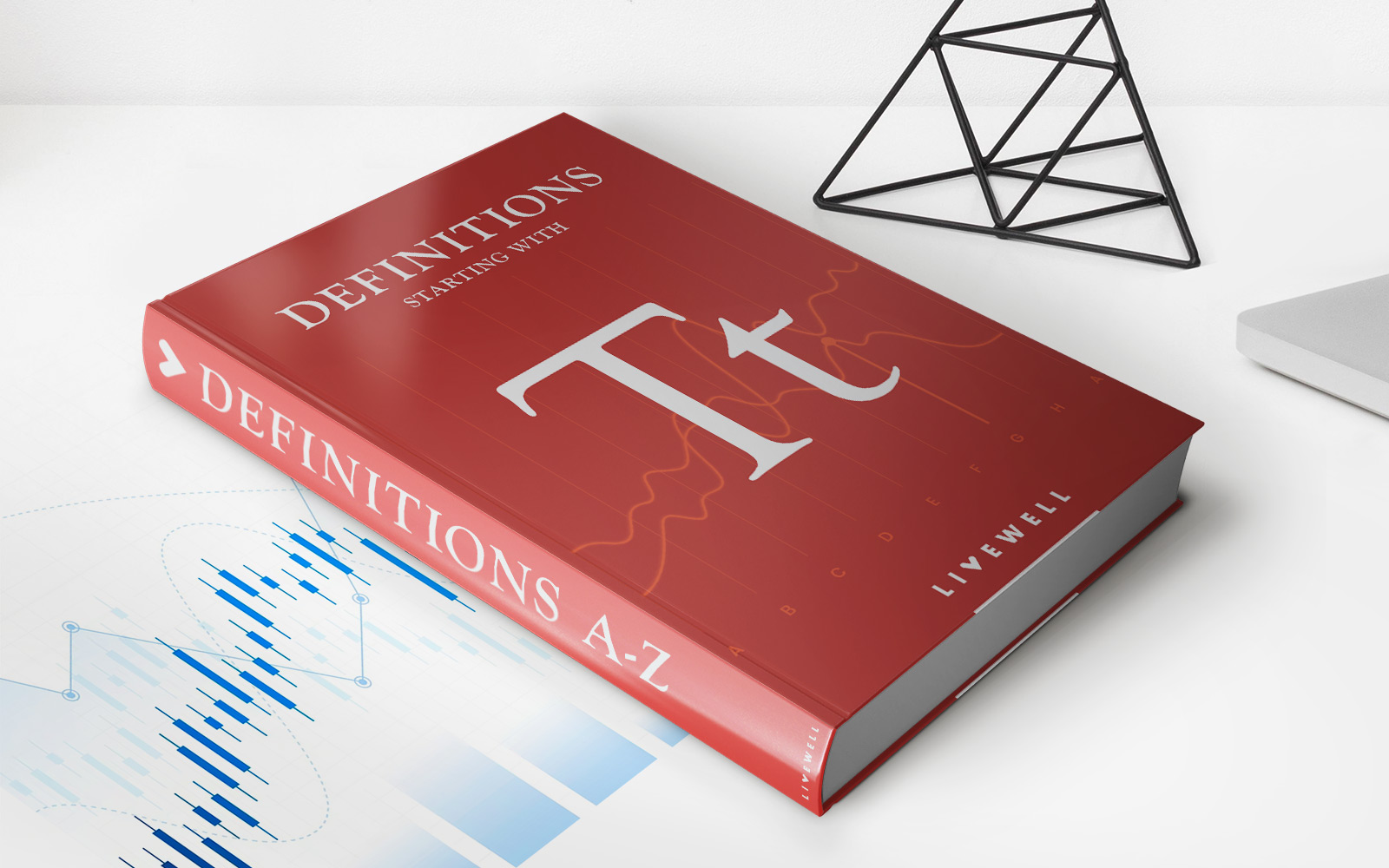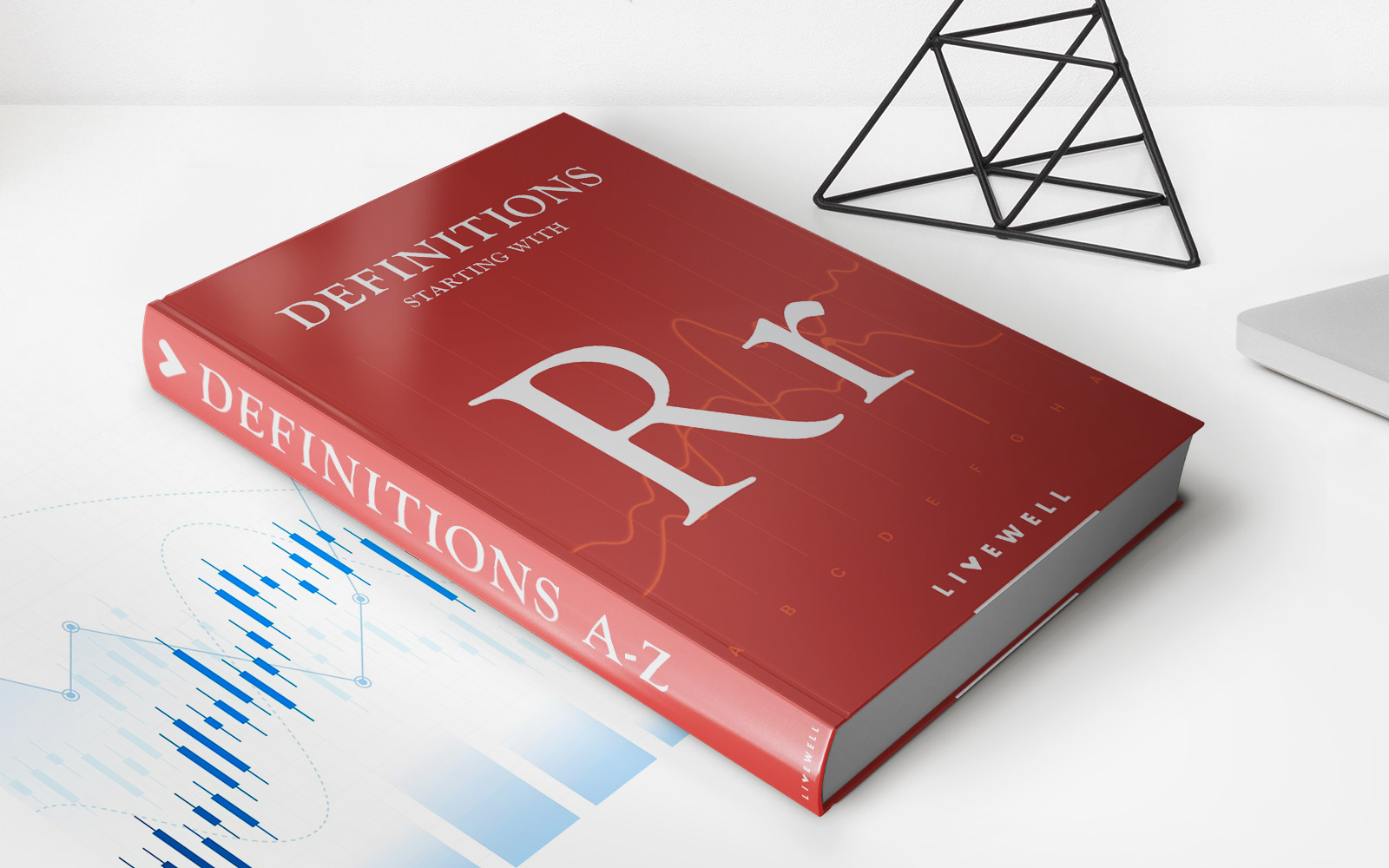Home>Finance>De Minimis Tax Rule: Definition, Calculation, And Example


Finance
De Minimis Tax Rule: Definition, Calculation, And Example
Published: November 8, 2023
Learn about the De Minimis Tax Rule in finance, its definition, calculation method, and get an example to better understand its implications.
(Many of the links in this article redirect to a specific reviewed product. Your purchase of these products through affiliate links helps to generate commission for LiveWell, at no extra cost. Learn more)
Understanding the De Minimis Tax Rule: Definition, Calculation, and Example
When it comes to managing your finances, it’s essential to be aware of the various tax rules and regulations that can impact your financial situation. One such rule that often comes up in discussions is the De Minimis Tax Rule. In this blog post, we will delve into the definition, calculation, and provide you with an example to help you understand this tax rule better.
Key Takeaways:
- The De Minimis Tax Rule is a tax regulation that exempts small, low-value transactions from being taxed.
- It is designed to minimize the administrative burden both for taxpayers and tax authorities.
What is the De Minimis Tax Rule?
The De Minimis Tax Rule is a tax provision that allows businesses to exclude certain small transactions from being subject to taxation. In simpler terms, it means that the government has set a threshold value below which transactions are considered inconsequential and are not subject to tax. This rule helps eliminate the need for businesses to track and report every small transaction, reducing administrative costs for both taxpayers and tax authorities.
How is the De Minimis Tax Rule Calculated?
The calculation of the De Minimis Tax Rule depends on the specific tax regulations of your country or jurisdiction. Generally, it involves determining a specific monetary threshold, below which transactions are exempt from taxation. For example, let’s say the De Minimis Tax Rule in your country sets the threshold at $500. Any transaction below this threshold would be considered negligible for tax purposes and would not be subject to taxation.
Example of the De Minimis Tax Rule
Let’s take an example to illustrate how the De Minimis Tax Rule works. Suppose you run a small online business that sells handmade crafts. This year, your total sales revenue amounts to $25,000. However, you have several individual transactions that are below the De Minimis threshold, which is $1,000 in this example. These smaller transactions amount to $800 in total.
Since the individual transactions are below the De Minimis threshold, you can exclude them from your taxable income calculation. In this case, your taxable income would only be based on the $24,200 ($25,000 – $800) of sales revenue that exceeds the De Minimis threshold.
By applying the De Minimis Tax Rule, you can significantly reduce your tax liability for these smaller transactions, making it easier for small business owners and individuals to manage their finances more efficiently.
In Conclusion
The De Minimis Tax Rule is an important tax provision that adds simplicity to the taxation process for small transactions. By understanding its definition, calculation, and seeing an example, you can better navigate this tax rule and make informed financial decisions. Remember, it’s always advisable to consult with a tax professional or advisor to ensure you comply with the tax rules specific to your jurisdiction.
Key Takeaways:
- The De Minimis Tax Rule is a tax regulation that exempts small, low-value transactions from being taxed.
- It is designed to minimize the administrative burden both for taxpayers and tax authorities.














